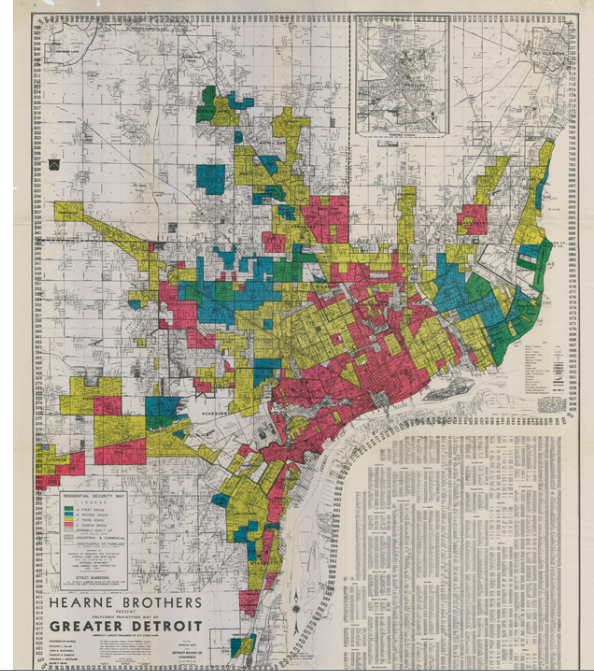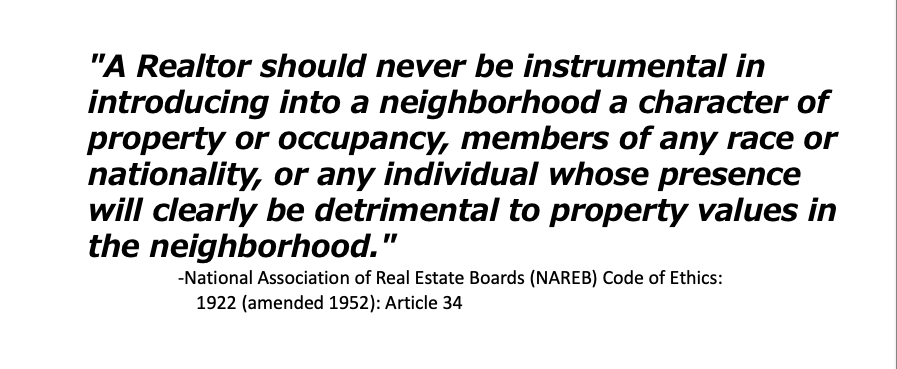Listen now
Michigan Avenue in downtown Ypsilanti has for a long time served as a central business district for the Ypsilanti community, but has also served as a separation line between white and black neighborhoods in Ypsilanti. In interviews conducted with prominent members of Ypsilanti’s African American community in the 1980s by A.P. Marshall, there is often talk about the discrimination that had historically been faced in stores and restaurants in downtown Ypsilanti. While this was originally informal, eventually legislation and commerce codified the separation between the races and ensured that Ypsilanti remained racially segregated and unequal.
In this episode of Ypsi Stories, Lee Azus explores the active and intentional roles of government and business in implementing and perpetuating discrimination, well past Supreme Court decisions that should have eliminated it, and we will look at how this has shaped Ypsilanti to this day. The impact of racism and white supremacy on housing from redlining maps, FHA underwriting policies, and racial restrictive covenants are still visible in the landscape around us.
Podcast speaker:
Lee Azus
Lee Azus is an architectural historian with an interest in twentieth-century American housing policy and its relation to racialized capitalism. His work focuses on housing, race, and the built environment. In 2016 he delivered a presentation at YDL on how racism in twentieth-century American housing policy shaped Ypsilanti, using images to retrace the forty-year controversial history of the Urban Renewal program in Ypsilanti’s Southside.
More images
Marguerite (Davis) Eaglin. She helped to refound and served as President of the Ypsilanti-Willow Run Branch of the NAACP and was elected second vice president of the Michigan NAACP in 1962. In 1967, Mrs. Eaglin began work as a counselor at Washtenaw Community College, later serving as faculty union president. Mrs. Eaglin passed way on December 20, 2004. You can listen to an interview with her in the AP Marshal Oral History archives.
Houses in the Haig’s subdivision, one of the subdivisions that historically had racially restrictive covenant agreements. Photo courtesy of Lee Azus.








